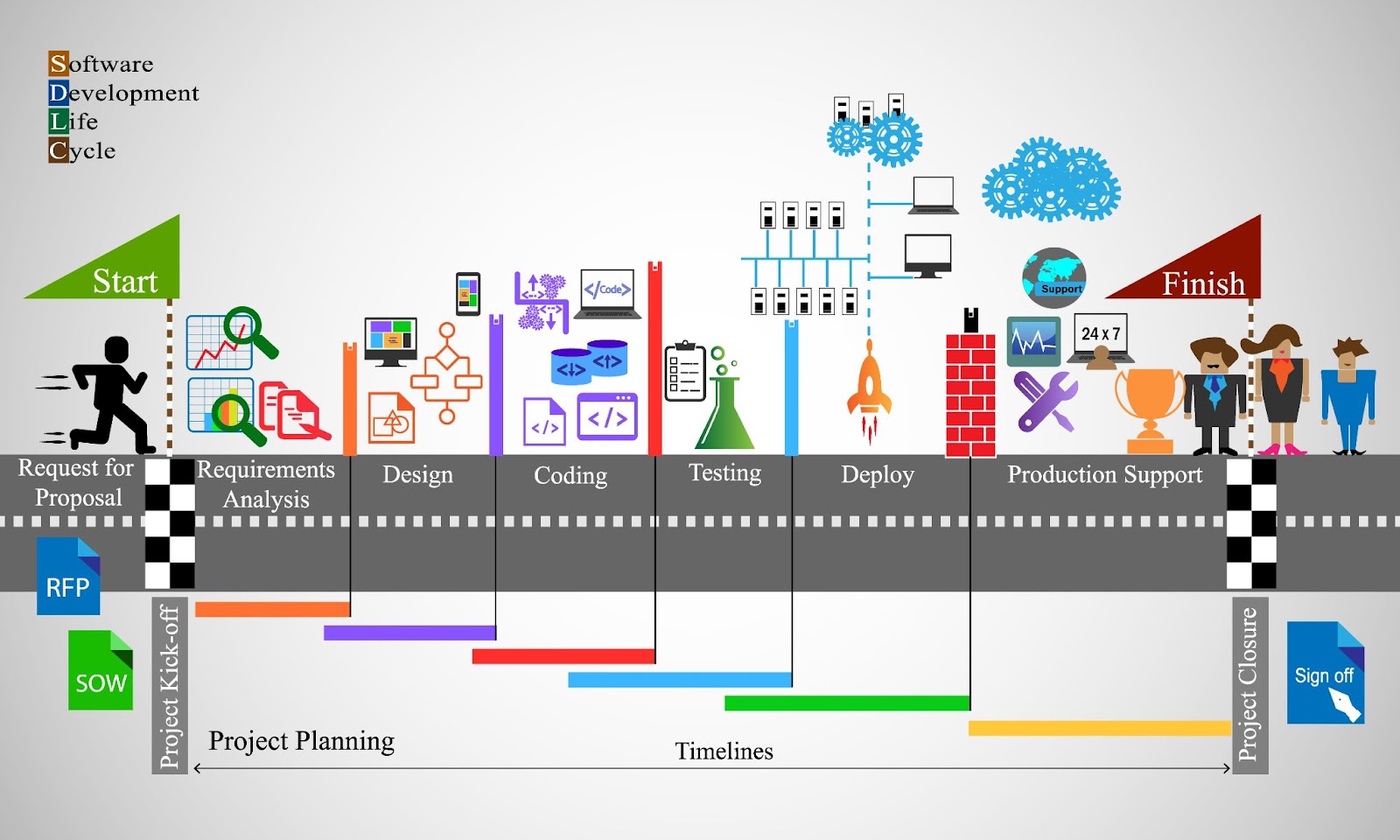Guide to Automated Testing for Microsoft Dynamics 365
Keep Microsoft Dynamics 365 and Your Business Running Smoothly with Automated Testing
Businesses must operate smoothly at all times to avoid setbacks that can negatively affect their profitability and stability. In the modern business landscape, technology serves as the foundation for success. Virtually every company worldwide relies on computer systems to carry out their operations effectively. However, when a company’s technology experiences a halt, it can significantly impact the business’s performance.
That is why Dynamic 365 automation testing is crucial in maintaining optimal functionality for your IT systems. Trust in TheTestMart to provide the cornerstone of keeping your technology running seamlessly, ensuring the success of your business.
What is Microsoft Dynamics 365?
Dynamics 365 is now comprised of several applications, including Finance, Supply Chain Management, Commerce, Sales, Customer Service, Marketing, and Field Service.
Everything is seamlessly woven into each other and also integrates with other productivity applications and tools to help businesses make intelligent and quick decisions. Dynamics 365 automated testing is one additional step that ensures all components continue functioning so the business can function without missing a beat.
Microsoft Dynamics 365 has emerged as a cornerstone for modern business functions. It serves many valuable objectives, such as third-party applications, back-end systems, and integrating workflow activities. As a true workhorse, it experiences constant updates to ensure it meets the relentless needs of the rigorous, fast-paced business world to ensure that the user interface continues functioning as expected. It is critical that you use Dynamics 365 automated testing to ensure ongoing function. Also, it is available in 24 languages, making localization testing crucial and mandatory.

Keep Microsoft Dynamics 365 and Your Business Running Smoothly with Automated Testing – However, understand the inherent limitations of RSAT
When it comes to selecting the ideal Dynamics automated testing tool, one crucial consideration is whether to utilize the free testing tool, RSAT. However, RSAT is exclusive to the Dynamics 365 Finance (D365 Finance) tool and has several limitations.
- These limitations include the time-consuming setup and maintenance of the RSAT environment, which can be alleviated by using a third-party tool like TheTestMart, boasting an up to 80% faster setup and maintenance process.
- Additionally, RSAT lacks pre-built testing templates, necessitating the manual creation of tests, whereas other tools provide a comprehensive library of standard tests and commands for D365 Finance.
- Customers have expressed dissatisfaction with RSAT’s complex error reporting function, so seeking an alternative tool that offers intuitive and easily understandable error reporting for troubleshooting is essential.
- Moreover, RSAT can only be used within D365 Finance, requiring the adoption of an additional toolset for testing outside of this product.
- Notably, RSAT lacks Load Testing capabilities, which are crucial for ensuring efficiency, stability, and identifying potential performance bottlenecks before deployment.
- Furthermore, leveraging RSAT to its fullest extent demands specialized knowledge and expertise, which can be challenging to find in the local market.
Considering these key considerations when selecting the appropriate Dynamics 365 testing automation software is crucial, and in many instances, opting for a third-party automation tool may prove cost-effective in the long run.
When is Testing Needed?
When businesses evolve and change, the out-of-the-box functions of Dynamics 365 may not meet their needs. This requires developers to configure the application to serve the business better. As requirements continue to change, this becomes an ongoing process. Whenever code is changed, it can impact the functionality and lead to bugs. In such situations, automated testing of Dynamics 365 becomes crucial to catch and resolve any issues. This holds true for any customizations or updates. It is important to remember that frequent updates increase the need for testing to ensure everything continues to work seamlessly. Microsoft is known for releasing recent updates that often alter a developer’s customization.

Dynamics 365 Automated Testing
The need for Dynamics 365 automated testing is ongoing. Testing must occur whenever the building block’s structure is changed or customized. Frequent updates also cause the need for more testing.
Challenges of Dynamics 365 Testing
Dynamics 365 is a suite that is made up of complex web applications. These things are fragile and often break.
- Switching between Dynamics 365 applications often spurs changes in the markup language and UX, which causes broken tests.
- Testing tools used to identify web elements within the UX functionality code take skilled IT engineers and abundant resources to devise an effective ID locator strategy.
- Altering UX functions throughout Dynamics 365 requires ongoing test maintenance which can become awfully expensive to fix and might prevent you from creating new scripts.
- Upgrades, maintenance, and version releases need ongoing verification and validation to stay intact, which takes a great deal of work carried out by test engineers.
- Occasionally, a business will want to use Office 365 products or applications from an app store to integrate with Microsoft Dynamics 365, which requires extensive and time-consuming end-to-end testing.
Please complete the form for additional information about our solution, including a business case comparison with other testing options
Request More Information

Manual or D365 Automated Testing?
Are you unsure whether to opt for manual or Dynamics 365 automated testing? At TheTestMart, we understand the importance of frequent testing in Dynamics. Manual UI tests involve a meticulous process where a team of techs sets up expectations and requirements, manually clicking through the Dynamics 365 setup to identify pass or fail outcomes. This method demands considerable time and resources while also carrying the risk of human error. That’s why many choose automation, which accelerates the testing process, minimizes the chance of mistakes, and allows techs to concentrate on other tasks. Undoubtedly, automated testing is crucial, but manual testing may still be necessary in certain cases of highly advanced tasks.
What Can be Automated in Dynamics 365?
Login
An automatic login feature is commonly found in Dynamics applications. It allows users to access the Dynamics application seamlessly by automatically transferring their Microsoft account login credentials. Conducting login testing is crucial as it helps verify the functionality of various features and updates across all roles and users.
Forms
Correct data generation is of utmost importance when it comes to Dynamics. At TheTestMart, we understand the significance of creating accurate information. By utilizing various forms and fill-in options like drop-down menus, look-up fields, two-option fields, data fields, and plain tests for testing, you can seamlessly generate new data, such as contacts in a sales application.
Read Data
Dynamics integrates with many applications and products. Maintaining the integrity of all data becomes challenging, especially if entering data throughout multiple channels. Creating a variety of tests that read and verify data are a huge benefit.
Finding Items
Tests will automatically locate items and data entries through the lists and views of dynamics. An automation tool often lets you input values dynamically from web services, spreadsheets, databases, and other areas.
Data-Driven Automation
Source data from contacts and other extreme spreadsheets using data-driven automation testing. Data-driven automation, compared to automation that relies on data that is hard coded into each test, is far more scalable and lets you evaluate a limitless number of data combinations effortlessly and automatically.
Benefits of Testing Using a No-Code Tool
Are you looking for a simpler way to automate Dynamics 365 testing? TheTestMart offers a no-code approach that streamlines the process, saves time, and ensures accuracy. With our easy-to-use drag-and-drop interface, you can eliminate the need for scripting and programming languages. This means anyone on your team can effortlessly participate and conduct tests, saving you time and labor. Automated testing not only reduces stress but also has a positive impact on your company’s profitability in the long term.
Test Integrations in Dynamics 365
Integrate your Dynamics 365 Testing with TheTestMart to seamlessly combine CRM and ERP features. Enhance your workflow activities across your Dynamic 365 platform by including integrations with common day-to-day tools like Excel, Word, and Outlook from Office 365. Additionally, explore a wide range of third-party applications on Microsoft’s AppSource, supporting business growth, driving innovation, and adding crucial functions to your testing framework. Ensure uninterrupted functionality of integrations such as Slack, Outlook, or Jira through comprehensive end-to-end testing, encompassing both internal and external systems.
Planning Microsoft Dynamics 365 Testing Around Platform Updates
Looking to optimize and streamline your Dynamics 365 testing process for maximum efficiency? Look no further than TheTestMart. Our innovative and disruptive AI-powered automated testing solution is designed to ensure uninterrupted functionality, minimizing any potential downtime and maximizing your business’s overall success. With our user-friendly no-code approach, anyone on your team can effortlessly participate and conduct tests, saving you valuable time and labor resources. Stay ahead of the competition with our comprehensive end-to-end testing, guaranteeing seamless integration with CRM and ERP features. Don’t let technology setbacks hinder your progress. Trust TheTestMart for disruption-free, automated testing of Dynamics 365, empowering your business to thrive without interruption.
The following are some practices when automating to keep pace and stay ahead:
- An automation engineer should take a strategic approach with customizable features. Focus on the personalized entities, codes, and areas and which feature is being validated. Take an approach that focuses on system testing, regression, visual display, function, and localization.
- All automation frameworks should be robust, modular, and scalable. Test to ensure reusability of applications that are necessary for business actions.
- A multi-layer architecture of automation makes things much easier to maintain. Always include common application methods in additional layers so you can easily maintain them.
- Ensure that one layer of the framework implements applications that are application-specific controls/objects. Keep things generic enough to be used throughout multiple test scripts by passing parameters.
- Use a resilient locator strategy to reduce the likelihood of script failure if there are fragile elements.
- Keep a clear strategy for visual display testing because GUI tests are often not dependable. Focus on discovering UI defects.
- Design and run tests as a real-time user so you can more easily find defects
- Check that the framework supports automated testing using multiple environments.
- Newly added parts of Dynamics 365 often need more focused testing if they involve features, fields, and entities.
Automate Testing to Keep Pace and Stay Ahead

